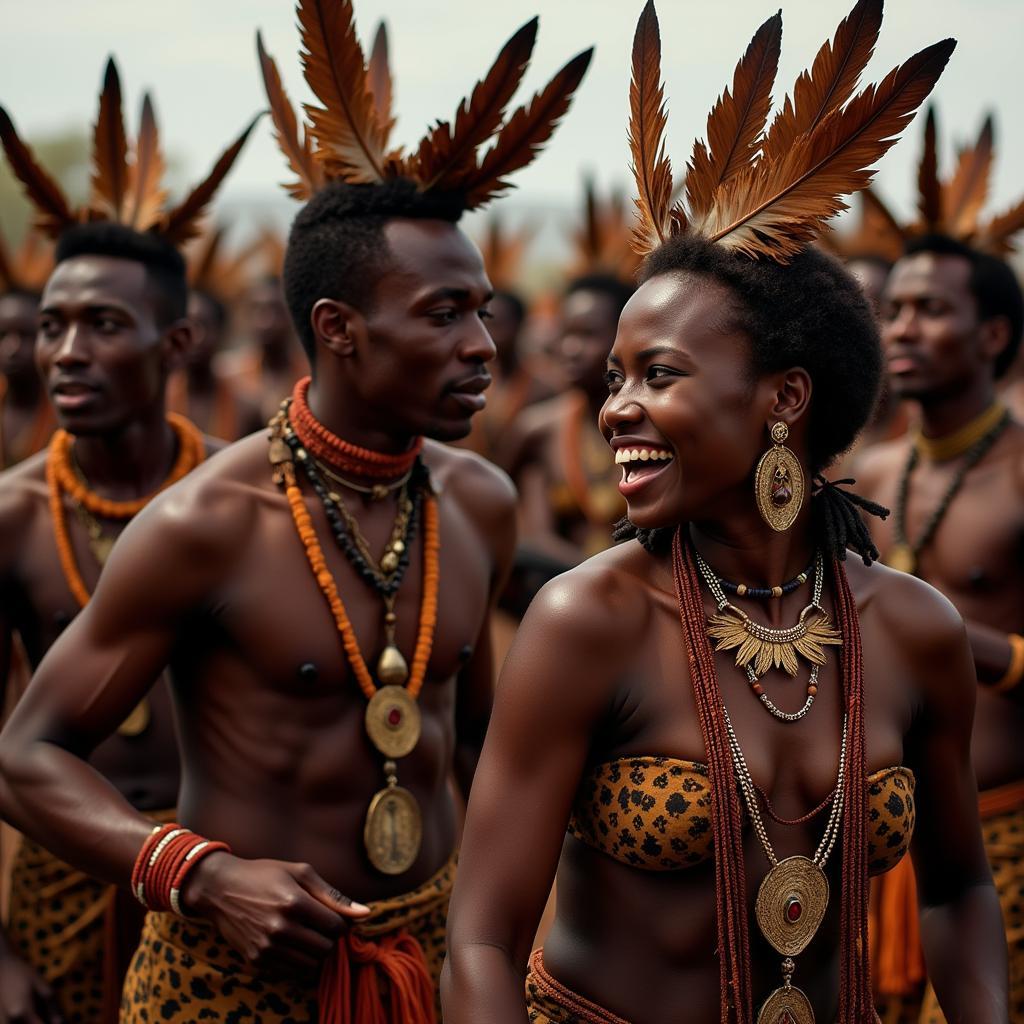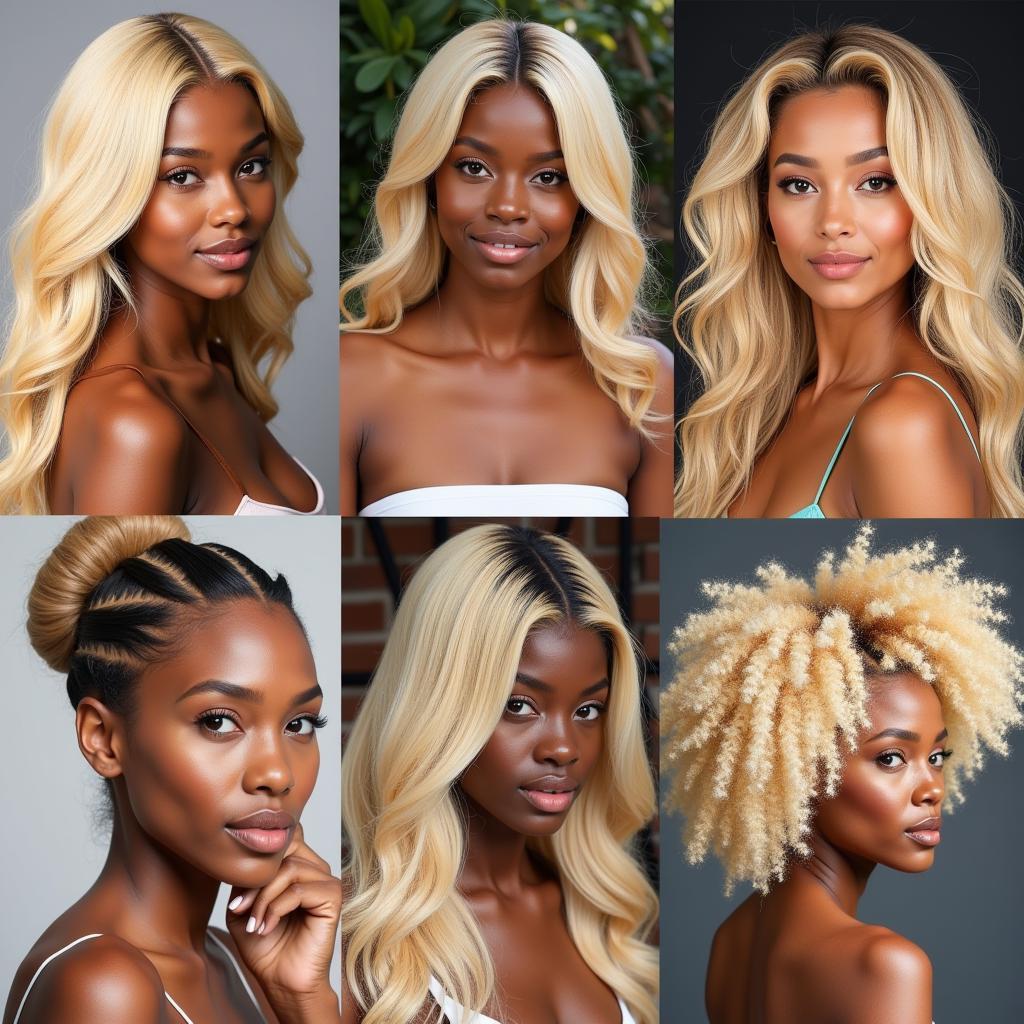African Dance Countries: A Rhythm That Moves the Continent
Africa pulsates with a rhythm that’s impossible to ignore – the rhythm of its dance. From the vibrant streets of Lagos to the dusty plains of the Serengeti, dance isn’t just entertainment; it’s woven into the very fabric of African Life. If you’re intrigued by the energy and spirit of African dance, you’re in for a treat. This journey takes us through some of the most iconic “African Dance Countries,” exploring their unique styles, traditions, and the stories they tell.
West Africa: Where Dance Ignites the Soul
West Africa explodes with a diversity of dance forms that are as captivating as they are diverse.
- Ghana: Known for its energetic dances like Adowa, Kpanlogo, and Agbadza, often performed during festivals and celebrations.
- Nigeria: Home to a kaleidoscope of dance styles, including the graceful Efik dance and the vibrant Atilogwu, showcasing incredible acrobatic skills.
- Senegal: The land of the Sabar, a high-energy dance performed with the hypnotic rhythms of the tama drum, often associated with the Wolof people.
East Africa: Grace and Tradition in Every Step
In East Africa, dance traditions run deep, reflecting the region’s rich cultural tapestry.
- Kenya: Home to over 40 ethnic groups, each with its unique dances. The Maasai are renowned for their jumping dances, while the Kikuyu celebrate with the graceful Mugithi.
- Tanzania: Known for its energetic Ngoma drumming and dance traditions, often incorporating intricate footwork and vibrant costumes.
- Ethiopia: Celebrated for its Eskista, a dance characterized by rapid shoulder movements and head bobs, often performed at social gatherings and celebrations.
 East African Tribal Dance
East African Tribal Dance
Southern Africa: A Fusion of Rhythms and Cultures
Southern Africa’s dance traditions are a melting pot, reflecting the region’s diverse heritage and history.
- South Africa: Known for Pantsula, a high-energy street dance form born in the townships during apartheid, and the Gumboot dance, originating from the gold mines, using boots as percussive instruments.
- Zimbabwe: Celebrated for its Mbira music and accompanying dance, featuring intricate hand movements and a deep spiritual connection.
- Namibia: Home to the Nama Stap Dance, a mesmerizing dance using intricate footwork and rhythmic clapping, often performed during social gatherings.
 South African Pantsula Dancers
South African Pantsula Dancers
Why is African Dance so Powerful?
African dance is more than just movement; it’s a language, a way of life. Here are just a few reasons why it holds such power:
- Storytelling: Dances often narrate myths, legends, historical events, or daily life experiences.
- Community: Dance brings people together, fostering a sense of unity and shared identity.
- Ritual and Ceremony: Many dances play integral roles in rituals, ceremonies, and spiritual practices.
- Expression: African dance allows for incredible freedom of expression, conveying emotions, ideas, and stories through movement.
Experience the Magic of African Dance
The best way to understand the power of African dance is to experience it firsthand. Whether you’re captivated by the vibrant costumes, the infectious rhythms, or the sheer athleticism of the dancers, African dance is a journey that will stay with you long after the music fades.
Ready to explore the world of African dance? Delve deeper into the specific dance traditions of each country mentioned and discover the unique rhythms and stories they hold. You’ll soon find yourself captivated by the spirit and energy of African dance.



